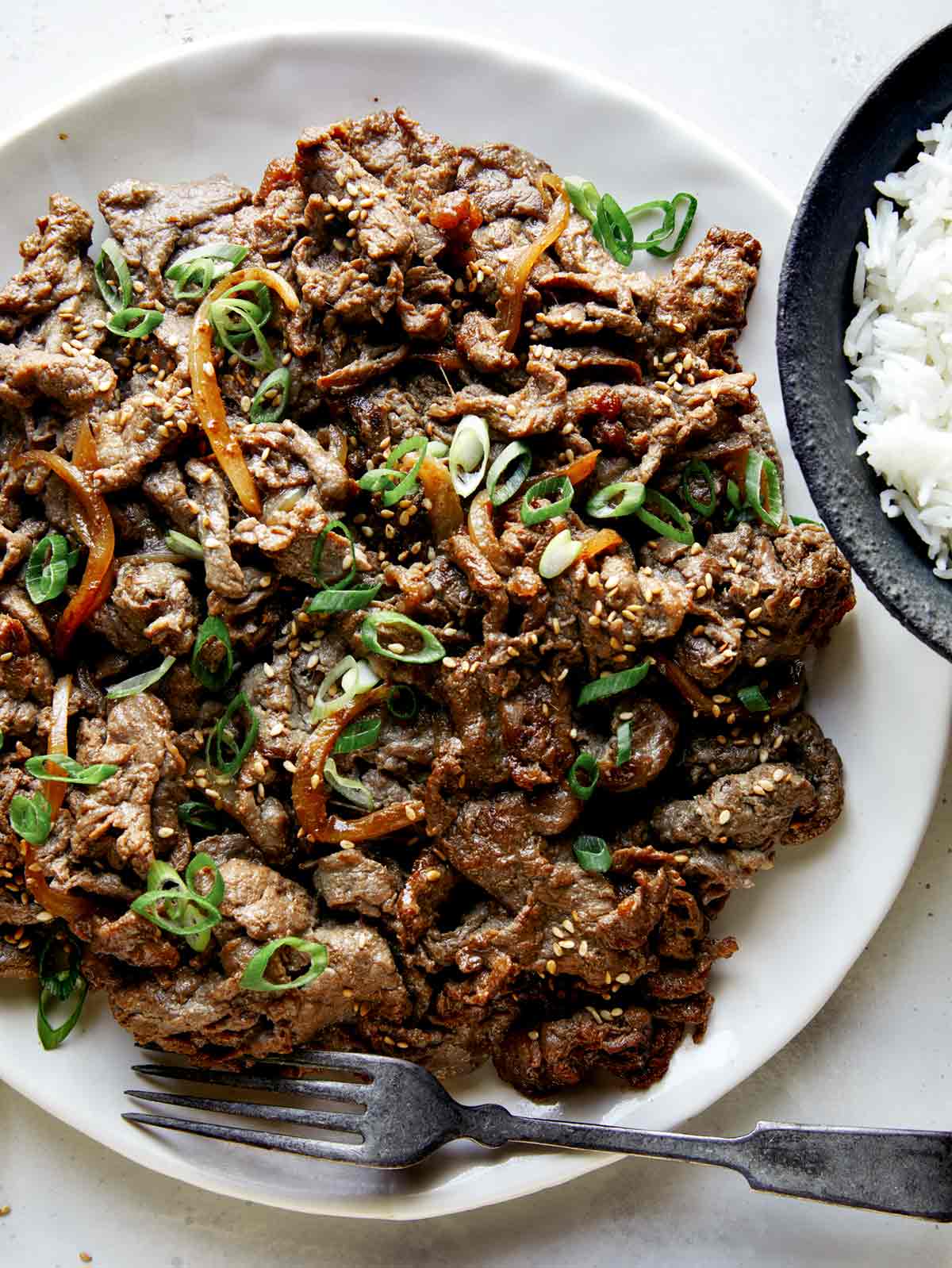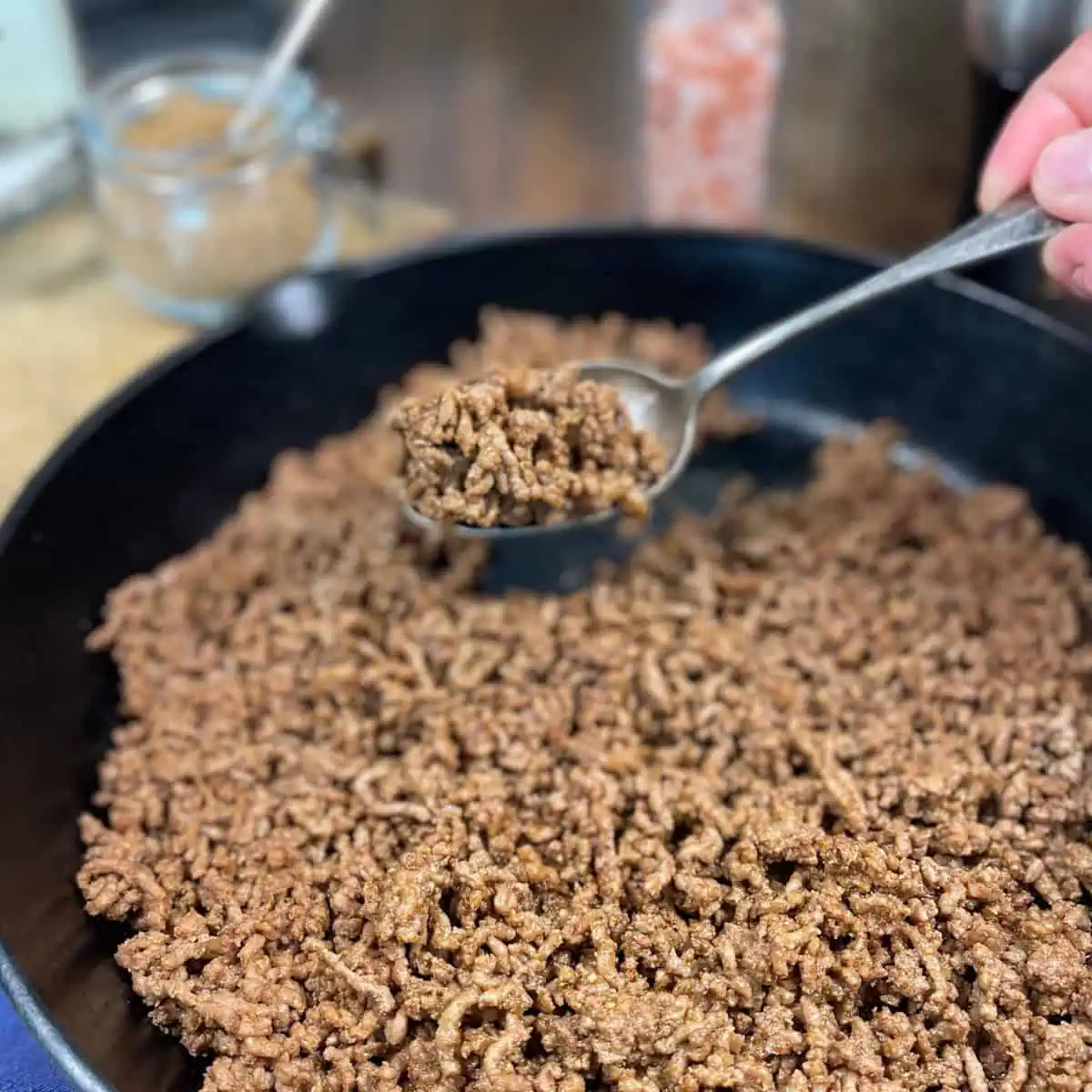Meat Top Quality Grades Explained: What You Need to Know
Meat Top Quality Grades Explained: What You Need to Know
Blog Article
From Farm to Table: Fresh and Premium Meat Choices
The journey of meat from ranch to table encapsulates an intricate interplay of top quality, principles, and sustainability. This change not only improves the nutritional account of meat but additionally supports regional economies.
Recognizing Meat Sourcing
As consumers end up being increasingly knowledgeable about the beginnings of their food, understanding meat sourcing has actually gained extremely important significance. Meat sourcing includes mapping the journey of meat from farm to table, including numerous factors such as farming methods, pet welfare, and environmental effect. This recognition equips customers to make enlightened choices that align with their worths, specifically regarding sustainability and ethical considerations.
The sourcing of meat can differ considerably based on several standards, consisting of the sort of livestock, farming techniques, and geographical place. For circumstances, grass-fed beef frequently comes from pasture-based systems that promote animal welfare and minimize ecological destruction. Alternatively, conventional meat may involve intensive farming practices that increase worries pertaining to antibiotic usage and environment devastation.
Recognizing the certain farm or area where the meat comes from helps customers make sure high quality and safety. Inevitably, recognizing meat sourcing not just improves customer option but additionally promotes responsible intake and supports moral farming methods.
Benefits of Fresh Meat
Selecting fresh meat offers countless advantages that extend past flavor and structure. Fresh meat usually retains greater nutritional value contrasted to its frozen or refined equivalents. It is commonly richer in vital vitamins and minerals, such as B vitamins, iron, and zinc, which are critical for maintaining general health.
Additionally, the sourcing of fresh meat often includes much shorter supply chains, decreasing the time in between farm and table. This means that the meat is much less most likely to lose its dietary honesty during transportation and storage. Additionally, consumers can experience enhanced taste and juiciness, which can raise culinary experiences.
Fresh meat likewise gives an opportunity for customers to sustain local farmers and promote lasting agricultural techniques. When buying from regional resources, people can add to their local economic situation and foster a greater connection to the food they take in.
Last but not least, fresh meat is normally without the chemicals and ingredients frequently discovered in processed alternatives. This makes it a cleaner, healthier alternative for those aiming to lessen their consumption of synthetic ingredients. Overall, the benefits of picking fresh meat include health and wellness, taste, and a feeling of neighborhood interaction.
Animal Well-being Requirements
Making sure high animal well-being requirements is important for both ethical factors to consider and the high quality of meat products. The therapy of livestock straight influences not only the moral ramifications of meat manufacturing however also the total quality and safety and security of completion products. Pets raised in gentle conditions are much less stressed, bring about much healthier animals and, as a result, superior meat top quality.
Laws and certifications worrying animal well-being have ended up being increasingly considerable in the meat industry. These frameworks guarantee pets are offered with adequate area, correct nutrition, and humane handling throughout their lives. Practices such as pasture-raised systems and free-range settings add to much better pet welfare by enabling Learn More Here pets to exhibit natural actions, which is vital for their health.
Furthermore, customers are coming to be much more critical pertaining to the sources of their meat, resulting in an expanding need for items that abide by rigorous pet welfare requirements. This change not only promotes honest farming techniques but also encourages manufacturers to take on measures that enhance the health and wellness and well-being of their pets. Meat. Ultimately, prioritizing animal welfare is not just an ethical imperative; it is additionally a path to generating premium-quality meat that meets consumer expectations

Lasting Farming Practices
Sustainable farming methods play a crucial function in boosting both pet well-being and the top quality of meat products. By executing rotational grazing, farmers can promote healthy pasture environments, allowing pets to feed on nutrient-rich turfs while protecting against overgrazing.
Furthermore, sustainable farming usually includes incorporated bug administration and organic feed options, reducing the usage of dangerous chemicals. This approach not only safeguards animal health yet additionally leads to cleaner, much safer meat products for customers. Water preservation strategies, such as rainwater harvesting and reliable watering systems, even more add to lasting methods, making certain that click to read sources are made use of deliberately.
Moreover, cultivating biodiversity with polyculture systems and protecting habitats for wildlife enhances the resilience of farming ecosystems. By prioritizing these lasting methods, farmers can create high-quality meat that meets consumer demand while advertising ecological balance. Inevitably, accepting lasting farming practices is vital for producing a more responsible and resistant food system that profits pets, farmers, and customers alike.
Picking High Quality Over Amount
Regularly, consumers are confronted with the dilemma of picking between quantity and quality when it involves meat items. While acquiring larger amounts may seem financially helpful, the long-lasting benefits of choosing high-grade meat far exceed the instant financial savings. Quality meat is typically sourced from pets raised in lasting environments, where they are provided correct nourishment and care, bring about exceptional taste and nutritional worth.
High-grade meats are usually without damaging additives, hormones, and anti-biotics that are typically present in mass-produced choices (Meat). This not just ensures a much healthier eating experience yet also supports moral farming methods that focus on animal welfare. Additionally, premium meats often tend to have a much official site better appearance and taste, improving the general cooking experience
Investing in top quality meat urges consumers to appreciate smaller sized parts, permitting a more mindful technique to consuming. This change not only affects individual wellness favorably but also promotes sustainable usage patterns that can profit the setting. Finally, focusing on top quality over amount when picking meat items fosters a more responsible and health-conscious lifestyle, eventually enhancing both the dining experience and the world.
Final Thought

Report this page